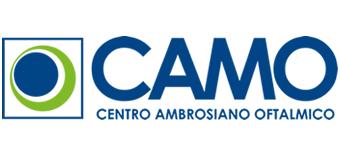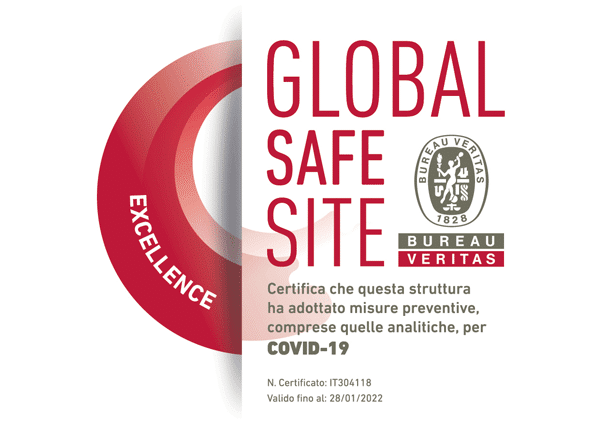Intravitreal injections
Many maculopathies, conditions that affect the most central part of the retina, can be treated with intravitreal injections. These small injections introduce very tiny amounts of specific drugs into the patient’s eye. They are referred to as ‘intravitreal’ because the drug is injected directly into the vitreal body, the gel that fills the eyeball.
The anti-VEGF drugs are the most commonly-used and well-known agents. VEGF (vascular endothelial growth factor) is the molecule responsible for the growth of blood vessels inside and beneath the retina; these vessels cause maculopathies, in particular wet macular degeneration. The Centro Ambrosiano Oftalmico is one of the few private eye clinics with health authority approval for the treatment of degenerative pathologies of the retina using intravitreal injections, and for the use of approved drugs for this specific purpose. The Italian Drugs Commission, AIFA (Agenzia Italiana del Farmaco) recently prohibited the use of certain drugs off-label, that is the administration of drugs created for one therapeutic purpose but used for other objectives.
Treatment for Wet AMD (Age-related Macular Degeneration)
The anti-VEGF drugs (Lucentis, Eylea, Avastin) block the appearance of new vessels that form inside and below the retina.
It should be clear that these drugs do not cure the condition: they can block the progression of the pathology for a specific period of time but cannot completely prevent the formation of these blood vessels. For this reason, following a diagnosis of Wet-AMD, the anti-VEGF drugs are administered once a month for three consecutive months. At the end of this first treatment cycle, the patient will be subjected to monthly control examinations. On the basis of the eyesight measurements, the general eye examination and the OCT test (Ocular Computed Tomography), the eye specialist will determine whether additional intraocular injections are necessary.
Despite the fact that these drugs do not cure the Wet-AMD definitively, it is possible that the patient will enjoy considerable improvement in his/her sight and it is possible that good visual capacity will be maintained for a considerable length of time.
On average, 6 or 7 injections are administered in the first year of treatment with the number of injections decreasing progressively in subsequent years. The intravitreal injection is administered in a day surgery unit, in a sterile environment with the entire process taking just a few minutes. It is almost totally painless with the patient feeling nothing more than a pin-prick.
Ocriplasmin
Until now, vitreomacular traction and the macular foramen could only be treated with a vitrectomy, a surgical procedure that involves the total removal of the vitreous. Ocriplasmin (or microplasmin) is a molecule used for the treatment of vitreomacular traction and the macular foramen: it is administered with a single injection into the patient’s eye. It is essential that this procedure is prepared and performed by a qualified eye specialist, with appropriate experience in the administration of intravitreal injections.


